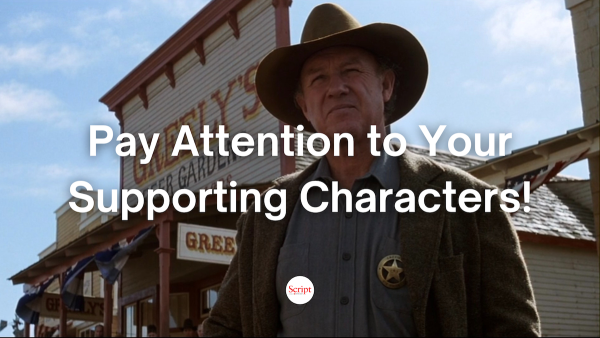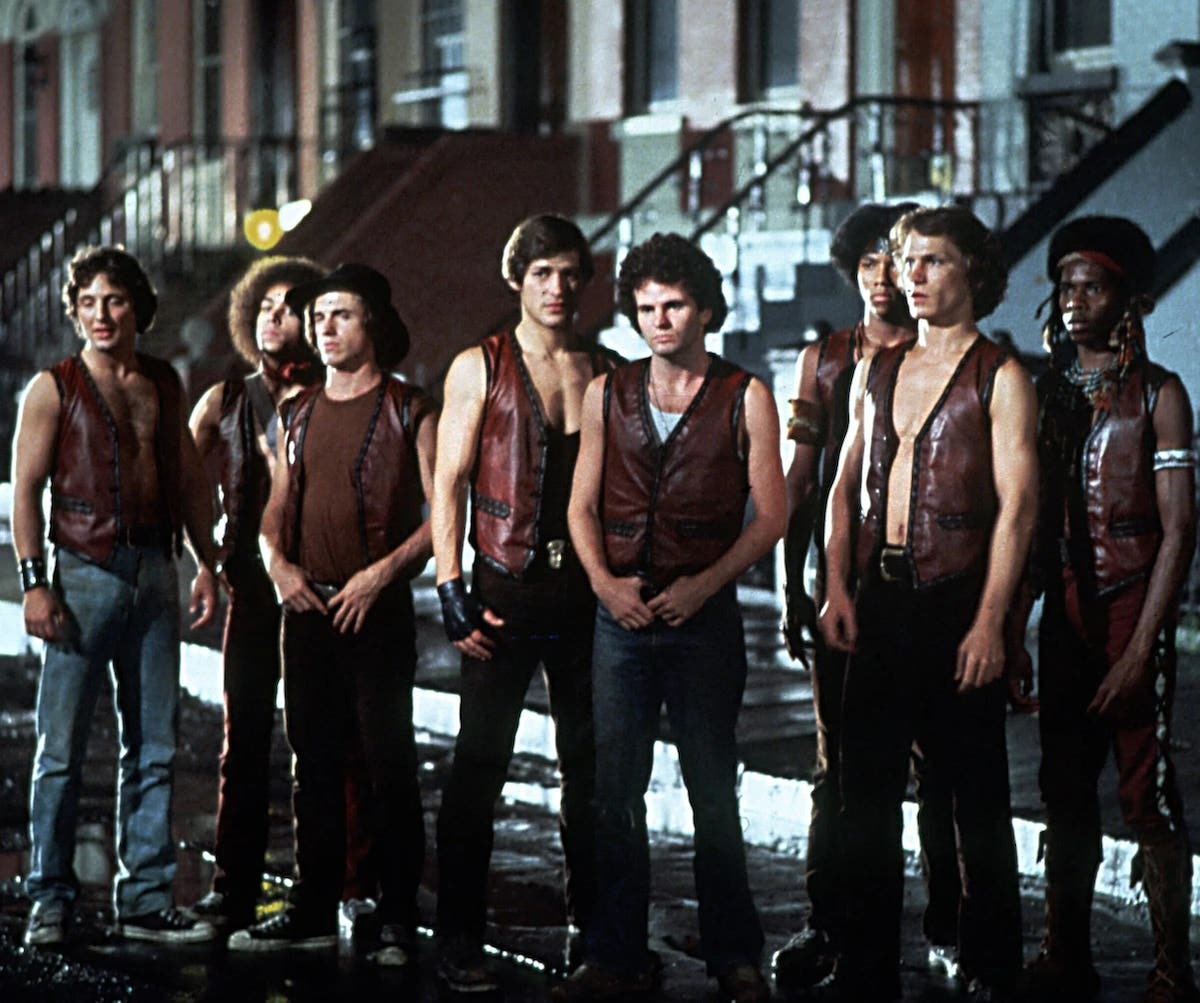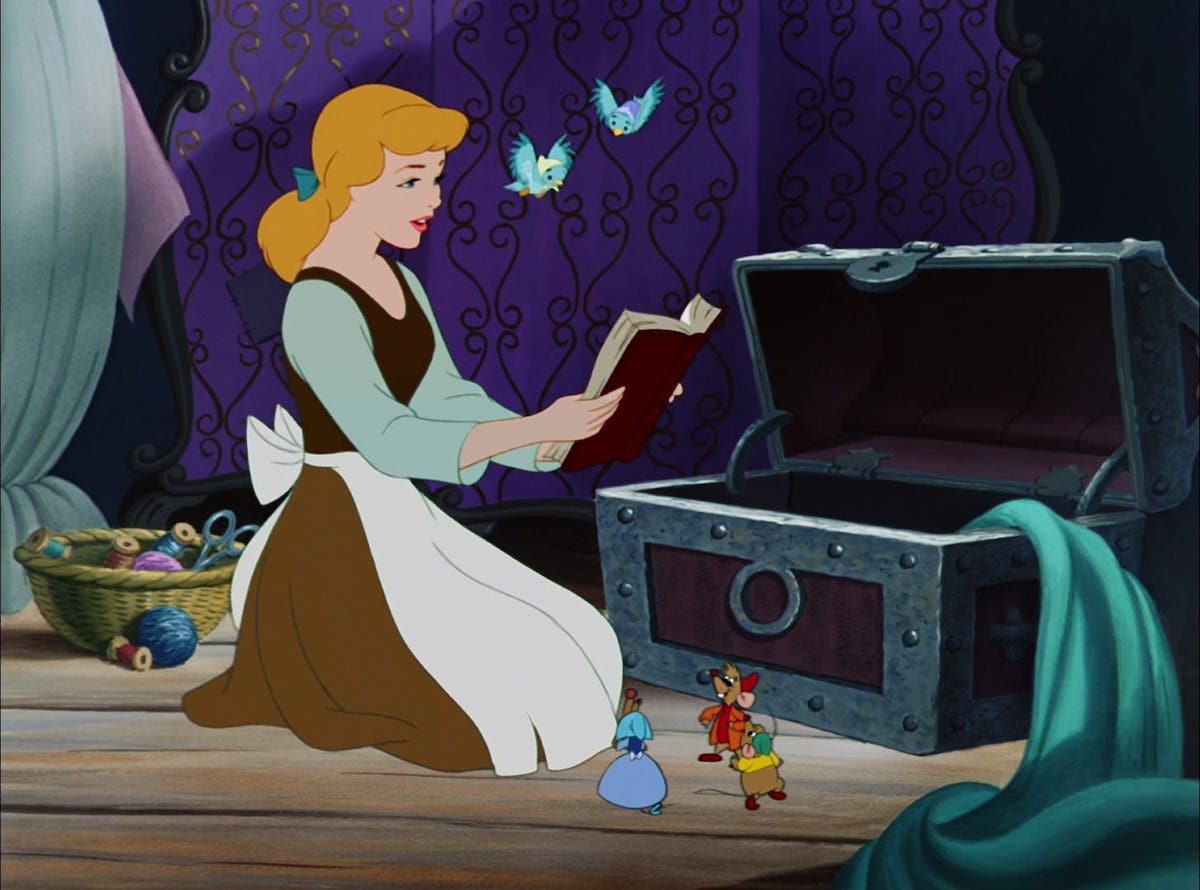Improvising Screenplays: Finding the Funny in Your Screenplay, Using the “Game” of the Scene
In Improvising Screenplays, improvisational actor Brett Wean shares how the concepts of improvisation can be applied to the work — and play — of writing your script. I’m going to,…
In Improvising Screenplays, improvisational actor Brett Wean shares how the concepts of improvisation can be applied to the work — and play — of writing your script.
I’m going to, very briefly, give away the secret of how great improv actors jump up on stage, get a one-word suggestion from the audience, and then -- without having anything planned -- create an entire scene off the cuff that’s often funnier than anything you’ll typically see on Saturday Night Live. Then I’ll show you how you can start to apply that technique to your comedy scenes. (And maybe a bit beyond.)
The concept I’m talking about is “The Game” of the scene. The idea was finessed and perfected when Amy Poehler and the other three members of her improv group, the Upright Citizens Brigade, moved to New York to start their own (now world-renowned) theater after being trained, themselves, in Chicago.
The idea is relatively simple. Performers establish a who-what-where to the scene, playing at the top of their intelligence, and establishing a groundwork of reality. Meanwhile -- still playing “real,” not trying to be funny -- they listen carefully for something that naturally pops up as “the first unusual thing.”
That “unusual thing” can reveal itself in any number of ways. It could be a wildly inventive high-concept idea that one of the actors suddenly has: perhaps he’s playing a plumber, interacting with a housewife... and he suddenly, in a fit of inspiration, reveals that he’s an alien.
“You’re saying you’re a... what, now?” the person playing the housewife might respond... thus communicating to the other actor that she’s picked up on this unusual thing, and that they can now focus in on it, together.
Or, the first unusual thing could simply be an unexpected emotional reaction. Two actors slump into a room, joining a third. “It’s raining out, Jilly,” one of them might announce sadly. “Yeah,” the second could join in, sounding disappointed. “The picnic’s been called off.”
“Great!” the third person could cheerfully react. “That means we can do our math homework!” (Unusual? Yes. But believable: some kids do like math, and would prefer not going outside.)
Trained improvisers -- in agreement on what the first unusual element is -- then hone in on this unusual thing... and that’s “the game” of the scene.
Establishing a “game” creates an efficient structure, and focus, for a comedy scene. It allows performers to not to have to continuously -- as it might seem to an audience -- come up with brilliantly funny jokes or one-liners to keep everyone laughing. They simply have to concentrate on that one unexpected or unusual element, continue to behave realistically around it, and steadily establish a pattern based on how this one element would play out in reality. The comedy naturally arises from that.
How will the housewife react to the alien plumber? Comedy will generate from whatever her emotional and intellectual reaction is, as long as it’s honest. Is she scared? Maybe so. And the alien then might go to great odds to convince her he means her no harm... all while being completely intent on unclogging her toilet.
“Mrs. Hudson... I know you don’t want me to come any closer. I swear I’m not going to laser beam you. But if you could just switch places with me, move over toward the hamper, I could reach that plunger over there and more quickly be out of here...”
Or, maybe her first instinct is to call the police! The press! Tell everyone about this great discovery: that there is alien life, right here on Earth! But... she really wants that drain unclogged before her party tonight.
“I have so many wonderful things to tell you!” the alien might enthuse. “About the universe... and technology... and your place in the galaxy...”
“That’s great,” the housewife might cut him off. “But do you think you’ll be able to get this sink working by 7 o’clock?”
A very simple game is played out in one of the many wonderful scenes in When Harry Met Sally. Billy Crystal and Bruno Kirby are at a football game, having a serious conversation about divorce. The rest of the people in the stadium are doing “The Wave.” And, while still having this heart-to-heart conversation, Billy and Bruno keep having to stand up and raise their arms every few moments as The Wave comes through.
The famous “stateroom scene” in The Marx Brothers’ A Night at the Opera is another extremely simple example of a game. On board a ship, the three characters are packed in to a small cabin. Analyzing the structure of the scene for “game,” we would identify the unusual thing as how small the cabin is. As the characters have their conversation, more and more people enter the room...waiters with trays of food, a cleaning lady, a manicurist, the ship’s captain, etc., with more and more ridiculous results.
Often, but not always, the simple pattern of the game is examined in terms of The Rule of Threes. If one little girl is excited that the picnic is rained out, because she and her two sisters can now do math homework instead, how might that play out? Maybe she excitedly makes a contest out of it, in exactly the same way a “normal” kid might play a competitive game at a picnic. Maybe she has prizes arranged. Are the other two kids miserable...or do they get on board and have a good time, arguing over who’s better at math? Each time the pattern of the comedy is repeated, it will ideally be heightened in some way, ramping up the pace and the stakes. In a typical comedy sketch, we’ll return to the game three times.
“If this is true...then what else is true?” is a common way improvisers examine a comedic situation, heightening the possibilities of the game, mining it for potential. If this is a household where kids like doing math homework more than playing outside, how might the parents typically react? Maybe their mother is on the other side of the door, calling in suspiciously, “You better be running around in there, and getting some exercise!”
“We are, mom! We are!” the kids might call out, lying to her, from their seated positions on the floor. “We’re playing catch!”
“I better not come in there to find you doing math homework again!”
The kids, of course, will have quickly tucked away under the sofa all the textbooks and equation-filled scratch paper the second they heard a parent coming near.
There’s a snippet of a clearly game-based scene in the commercial now airing for the soon-to-be-released comedy sequel, Anchorman 2. Meeting a new colleague, our small group of naive reporters ignorantly question him, knowing so little about homosexuality that they confuse gay people with vampires:
“Do you sleep in a coffin?”
“No, that’s vampires,” the new guy patiently answers.
“Are you allowed to be out in the sun?” Paul Rudd asks.
“Those are also vampires.”
Not every comedy scene in a movie is obviously structured in terms of game...but many of them are. Most sketch comedy is. And the funny moments in movies -- if they don’t seem to be arranged around a simple game, themselves -- are often reflective of the central game of the film as a whole. (More on this in a later article.)
So what’s the upshot for you, a screenwriter (as opposed to someone improvising on stage, off the top of their head)?
Keep it simple. Keep your comedic element focused. Decide on one simple, “unusual” thing, and develop it as a pattern, laid atop a groundwork of straight-laced reality. (Amateur comedy writers simply smash crazy on top of crazy...and the results, generally, are just confusing, and not funny.) What’s the central comedic premise? If that’s the case, then what else might be true? How can we make the scene, and the humor, build more and more, by heightening each consecutive exploration of it?
In future columns, I will continue to explore and examine the element of Game, not just in comedy scenes, and comedy films as a whole, but how this technique of pattern-building and heightening can aid you in structuring and writing any kind of movie, even a serious one.
For now, just begin to notice when watching funny movies and sketch comedy: what’s the game of the scene? How often is the pattern repeated? How might they be heightening it each time? And finally, how can you apply it to your own writing?
Have any questions about improv, and how it relates to writing for the screen? Feel free to post comments below or send questions via Twitter. They’ll be considered for a future installment.
Related Articles:
- More Improvising Screenplay articles by Brett Wean
- Spit Takes by comedy writer Stephany Folsom
- Balls of Steel: What Can Writers Learn from Actor Interviews
- Spit Takes: Take an Improv Class (B*tch) and Become a Better Comedy Writer
Tools to Help:
Brett Wean is a writer and actor who has studied improvisation at New York City’s acclaimed Upright Citizens Brigade and People’s Improv Theater (The PIT), where he has taught improv as well as performing on several house teams and studying both sketch and screenwriting. He has appeared on television in various commercials, including New York Lottery’s “Little Bit o’ Luck” campaign, and most recently on MTV's Weird Vibes, and in the feature film Breakup at a Wedding, produced by Zachary Quinto’s Before the Door Pictures. Follow Brett on Twitter @brettwean





